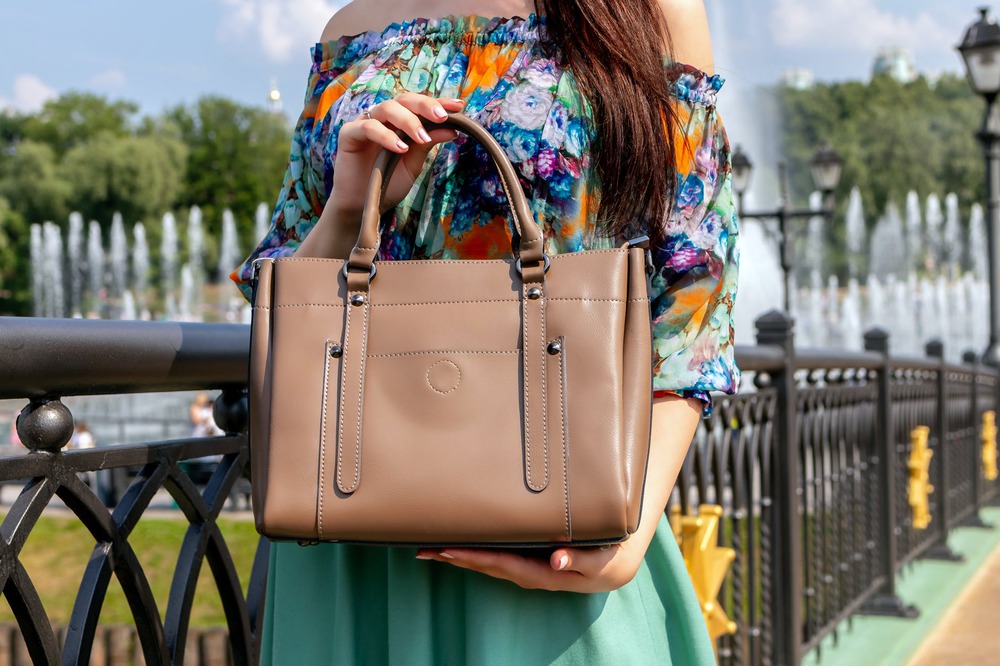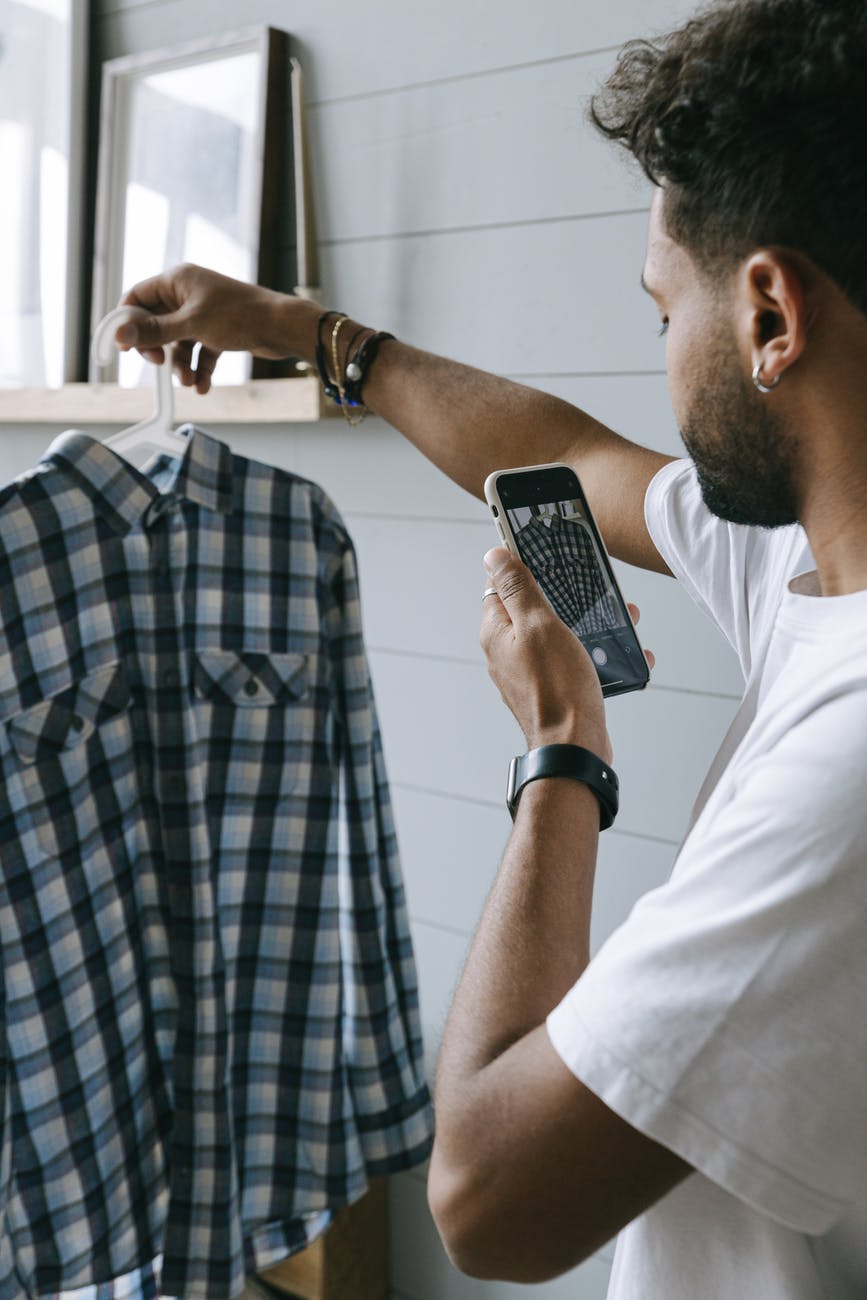2021 was an excellent year for luxury. Groups like LVMH ended up the year with strong double-digit growth. While we are trying to erase Covid-19 from our lives, the luxury industry hopes for an even better new year. 2022 should represent a consolidation of all the efforts made during confinement, and many new strategies came from this period.
We also know that luxury goods spending will hit record levels in 2022. After rising by 4% between 2019 and 2021, luxury goods sales are estimated to go from €283 billion in 2021 to €300/310 billion in 2022 (source: Citi). This is almost a growth of 10%, which should allow luxury groups to consolidate their investments over the past year. Pandemics also changed consumer habits, and some of these changes are good to stay. Chinese luxury goods customers are now buying more products in Hong Kong than they used to. There has been a notable trend of purchasing luxury goods from smaller cities as people migrated from larger metropolises. These changes will bring new strategies and new behaviours from the luxury industry. in the US
To give some heads up on what will come next, here are my five essential luxury trends you should be watching out for in 2022.
Prices will increase. It is inevitable!
Since 2018, luxury goods prices have remained pretty stable. In a world where private sales, discounts, special online offers and the second-hand market getting more robust, luxury brands keep a certain restraint on increasing their prices. Well, party-time is over, and in 2022 most of the leading luxury brands will increase their recommended retail prices. The most considerable increase is currently happening in fashion accessories and, more precisely, handbags. Some fashion brands have increased their leather goods by 40% since 2020.

The high-end brands say the price increases are inevitable due to the rising costs of raw materials and labour, as well as the exchange rates. There is a more substantial responsibility from Luxury brands to source their materials more responsibly. Also, avoiding the delocalization of manufacturers has a cost when you are trying to maintain know-how where it was historically set up. Customers are also keen to support a more affordable luxury that considers environmental, social and sustainable factors.
Another exciting element of luxury goods is the good investment that it represents. Some luxury goods like a Hermès Birkin bag can quickly be sold 30% more than the recommended retail price after a couple of years. Luxury bags and watches are significant investment purchases, and luxury brands try their best to avoid nourishing wild speculations on their products.
These increases should bring a double-digit revenue growth in 2022 for the industry even if, potentially, volume might normalize.
Second-hand market: Here comes the Tsunami!
While the pandemics increased e-commerce sales volume, they also contributed to developing a niche market into a mainstream avenue. By 2020, e-commerce sales will increase to €26 Trillion (source: Financial Times), almost an increase of 30% compared to the previous year. Companies like Amazon got a massive piece of that cake, but we can see that the second-hand luxury market increased dramatically as well.
Second-hand luxury goods refer to the high-end and premium items purchased by the second or later end user. These goods commonly include antique furniture, artworks, jewellery, footwear, apparel, fashion accessories, such as bags, watches, etc. Various luxury goods are usually durable with an extended warranty period, making them suitable for the resale market. Furthermore, re-selling unwanted goods instead of discarding them also benefits the seller. Additionally, second-hand luxury goods help minimize the dependence on high-quality raw materials for manufacturing new products and reduce waste production levels. Generally, second-hand luxury goods are sold at auctions, charity events, bazaar-style fundraisers, privately-owned consignment shops, etc.

In 2021 the second-hand luxury goods market was evaluated at €33 billion. Within the next 5 years, some experts tend to say that it should outpace the overall luxury goods market. The solid growth of this market segment is fueled by the aim of more and more people to extend products life-cycle due to environmental beliefs. Also, more and more people crave luxury goods for lower prices; therefore, the second-hand market also answers that need.
Leading luxury groups have simply ignored the development of the second-hand market. With the development of better circular businesses models, luxury brands are keen to collaborate with new partners to build a more sustainable approach to luxury goods. This means that luxury brands will grant authentification certificates to platforms like Vestiaire-Collective to maintain control of those sales and guarantee the authenticity of the products. New luxury brands are even taking a step further by creating a circular model as the foundation of their activity. It is the case of the young Swiss brand Nom Commun. Read our interview of the brand owner Melisande Grivet here.
Luxury embracing virtual reality: An Immaterial world
There is no single day that we do not hear about augmented reality, virtual reality, blockchain, NFTs, Metaverse, gamification, etc. Technology is no longer the property of some geeks in Silicon Valley and Russia. The world has embraced a virtual world made of different products and experiences. While the luxury industry was probably one of the last markets to embrace this trend, now, leading groups have a strategy and departments taking a close look at this new untapped territory.
Brands like Louis Vuitton and Gucci developed gamification a lot. Luxury is now more playful, from releasing digital games to providing online experiences based on gamification and less severe. It helps to attract a new generation of customers, digitally savvy, where the entry door to the luxury world might not be the same as the previous generation of customers.
Balenciaga has launched a Fortnite collection in partnership with Epic Games (the online game developer). Why Balenciaga would do that and become the first high-end luxury brand to connect in direct collaboration with a video game-like Fortnite? The numbers speak for themselves. Fortnite is 400 million users around the world. It became a cultural phenomenon and has strong links with the world of sports and music. Generation Z is by far the most wanted demographics by most luxury brands. They represent people aged between 12 to 25 years old. They are for sure the next generation of luxury goods customers, and they are the first generation living a connected life since the day they were born. Balenciaga was a first step in the metaverse and the dematerialization of goods and possession, something “very generation-Z”.

Blockchain definitely is a reality today. The authentification protocols allow luxury brands to fight more efficiently against fakes. LVMH, Prada and the Richemont group built a joint-venture called AURA.
This Consortium will encourage the use of a single global blockchain solution open to all luxury brands worldwide to furnish consumers with additional transparency and traceability. Cartier, LVMH and Prada Group have together a single solution to address the shared challenges of conveying authenticity, responsible sourcing and sustainability in a secure digital format.
More recently, the democratization of NFTs allows anyone to become an art collector, creator and dealer. Platforms started organizing themselves to create worldwide marketplaces. The growth is more than exponential. It is breathtaking. If we take the example of Nifty Gateway, we can see that in 2020 the platform was selling less than €500K of NFTs. By the end of 2021, the revenue generated by the platform outpaces the €109 million mark. The whole NFT business was evaluated at €2.5 Billion at the end of last year (source: BNP Paribas). Luxury brands see a way to grow sales and be part of this massive trend. Gucci developed a 4 minutes film inspired by one of their own collections. It was sold at Christie’s auction for €25 Million. “French Fashion” and “Haute Couture Federation” collaborated with the “Arianee” platform to create NFTs that could be traded in the 2022 men’s fall/summer fashion week in Paris and other high fashion shows.
These tokens permit users to view exclusive fashion from renowned fashion digital artist Richard Haines.
E-commerce will continue to grow: Now is the time to invest.
We know that e-commerce retailers were the big winners during the pandemics. According to the Financial Times, the online share of luxury sales nearly doubled from 12 to 22% last year. By 2025, expectations show that the online luxury goods business could reach 25 to 30% in value. Brands like Gucci and Alexander McQueen totally embrace this trend in improving their websites and increasing the number of collaborations with e-retailers. This approach certainly allows better inventory control, pricing, and, of course, customer relationships.
It is not surprising to see how LVMH has invested so much in their new online platform 24 Sèvres – www.24s.com – featuring not only LVMH’s own portfolio of brands (including Louis Vuitton and Christian Dior) the eCommerce site also curates luxury fashion, accessories and beauty products outside of the Group.

Traditionally, luxury shopping is about going physically to a store. This action tends to guarantee an outstanding brand experience, VIP treatment and a feeling to be part of the brand’s story. For decades, the physical world exclusive journey would prevent luxury brands from adopting e-commerce quickly. “Nothing can replace a store experience”. Nevertheless, things change, and we can provide new elements on luxury online shopping, away from standards. Luxury brands can propose special features like free delivery special packaging and offer their best online customers. e-VIPs can benefit from accessing special deals and even unique collection pieces. What we call conversational commerce has hit quite strongly the e-commerce luxury experience. The “see and shop” attitude helped develop Instagram shopping and provide online services that craft and personalize the customer experience. Therefore, online luxury shopping gives each customer a unique flavour of VIPness. Thanks to machine learning and Artificial intelligence, the online experience can be upgraded in much better ways. Chatbots are over. The next trend is to allow complex artificial intelligence to craft and manage the user experience. Prada has developed with the help of Adobe Experience Cloud Solutions a whole framework powering AI to deliver better online experiences. With the amount of customer data processed in a quarter of a second, online retail beats physical shopping. With the empowerment of Generation Y and Z, online sales will become bigger than physical sales, which means that luxury brands will need to master their supply chains and e-commerce flows.
Ultra-Luxury is the new Nirvana.
With the democratization of luxury and a new generation of luxury customers always more numerous, people looking for uniqueness and rarity might get quite frustrated by how the luxury market evolves. In the past 5 years, the notion of ULTRA-LUXURY became more and more present in different luxury segments. It allows happy-few to be considered as privileged and to provide unique experiences, not open to everyone. Let’s take a couple of examples of how the ultra-luxury offer has developed. The travel industry is probably the first luxury segment to open a new horizon of extreme rare offers. While aeroplane business and first classes are increasingly invaded by frequent travellers, representing free upgrades and commercial travellers, a more unique clientele now prefers to travel in private jets. The private jet offers have improved by offering more flexible options, but exclusivity, luxury, and experience left the current commercial lines. The quality of the flying attendants decreased a lot, whereas private jets maintain a true quality service.

Yachting rentals is also a strong and heavy trend. While luxury hotels sell their souls to online platforms and other private-sales hard discounters, more popular and voluminous customers take over luxury places. More exclusive customers tend to desert luxury hotels and resorts to adopt a different type of holiday on Yachts. Luxury boat rentals have developed quite a lot, creating a new niche.
Last but not least, the luxury car industry also had a tremendous turnaround for the last decade. Luxury automotive brands launched “entry-price” variants of their successful models (selling prices being under €70K). Popular car constructors like Nissan, Toyota and Hyundai launched high-end brands like Infinity, Lexus and Genesis. Exclusivity, uniqueness and luxury became a common mantra to a more democratic scale. Certain brands like Bugatti have dramatically radicalized their offer and the process to purchase a Bugatti. Experts tend to say that if you wish to own a Bugatti, you need to generate at least €20 million net revenue per year. Therefore, an ultra-luxury client will seek something else.
The car costs a lot of money, but car maintenance is stratospheric. If you try to proceed to an oil change, it will cost you around €20K, including all the controls and checks. Niche car brands like Pagani and Lykan offer unique cars; generally, all built by hand, each piece being the best that human ingenuity can offer. Pagani, for example, produces only 40 cars per year, and they do not intend to produce more. Ferrari is surely the icon of the luxury sports car. We know by experience that not anyone can buy a Ferrari even if you have the money to afford one. Ferrari dealers tend to sell cars to buyers that are at least over 40 years old and with a very good financial situation. Insurance companies are also very precautious to see a Ferrari car insurance, therefore making it more complex. The Italian automotive constructor producers around 8’400 cars, and their intention is to keep it low.
In conclusion,
the luxury industry is evolving towards a new era, sometimes paradoxical, sometimes too digital-driven, and most of the time, trying to maintain exclusivity and premium. While fashion brands embrace quicker certain trends, leading luxury groups are heavily investing in retail and everything that relates to customer relationships. 2022 will help democratize technology and help luxury brands build an even more personalized experience for the end customer. Let’s hope those brands will keep their souls and legacy despite the paradigm change.
José Amorim
Information sourced by the author for luxuryactivist.com. All content is copyrighted with no reproduction rights available. Images are for illustration purposes only.
